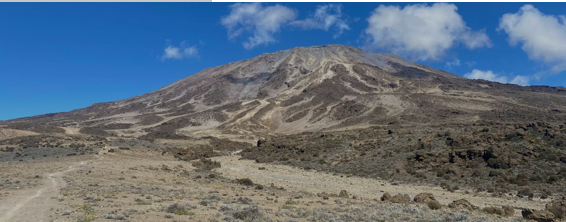
In a world obsessed with speed and instant results, it’s easy to forget that real progress often comes from endurance — the ability to sustain performance under pressure. That’s as true for a smartphone battery or an AI model as it is for a human being climbing Africa’s tallest mountain.
Climbers who take on Kilimanjaro with official Kilimanjaro climb experts quickly learn that success isn’t about raw power or flashy gear. It’s about intelligent systems — fine-tuned preparation, smart resource management, and the ability to adapt when conditions change.
The Human Operating System
Think of your body as hardware and your mindset as software. On Kilimanjaro, you can’t brute-force your way to 5,895 metres. You need balance between power and efficiency, between energy consumption and recovery.
Just like optimizing a phone’s performance, every action at altitude matters: when to pause, when to hydrate, when to push forward. Small calibrations create massive differences in output — and survival.
Debugging the Climb
Even with the best preparation, errors occur. Fatigue hits early, weather patterns shift, and altitude introduces variables you can’t fully predict. Climbers learn to identify the “bugs” — poor pacing, dehydration, overconfidence — and patch them in real time.
Leadership, coding, and mountaineering all share this truth: flawless execution rarely exists. The best performers succeed because they adapt faster than the problem escalates.
Investing in Stability
While digital tools rely on software updates, climbers rely on logistics, planning, and support systems. Reviewing a trek pricing guide reveals that much of the cost covers stability — trained guides, medical readiness, safe equipment, and reliable communication.
Just as tech companies invest in infrastructure to prevent crashes, professional outfitters invest in safety to prevent failure. It’s not just an expense — it’s the architecture of resilience.
Altitude as a Stress Test
Kilimanjaro acts like an environmental benchmark test. It exposes weaknesses and pushes systems to their limit. Your breathing becomes data, your heart rate feedback. The mountain doesn’t reward shortcuts; it rewards consistency and recovery cycles.
The slower you go, the stronger you finish — a lesson the tech world often forgets in its race for innovation.
Performance Meets Purpose
Ultimately, both humans and machines thrive when systems run cleanly and intentionally. Kilimanjaro teaches that optimization isn’t about doing more — it’s about doing what matters, better.
When you finally reach Uhuru Peak, there’s no fanfare, no download complete. Just silence, clarity, and the realization that true endurance — digital or human — is built on smart design and steady iteration.
